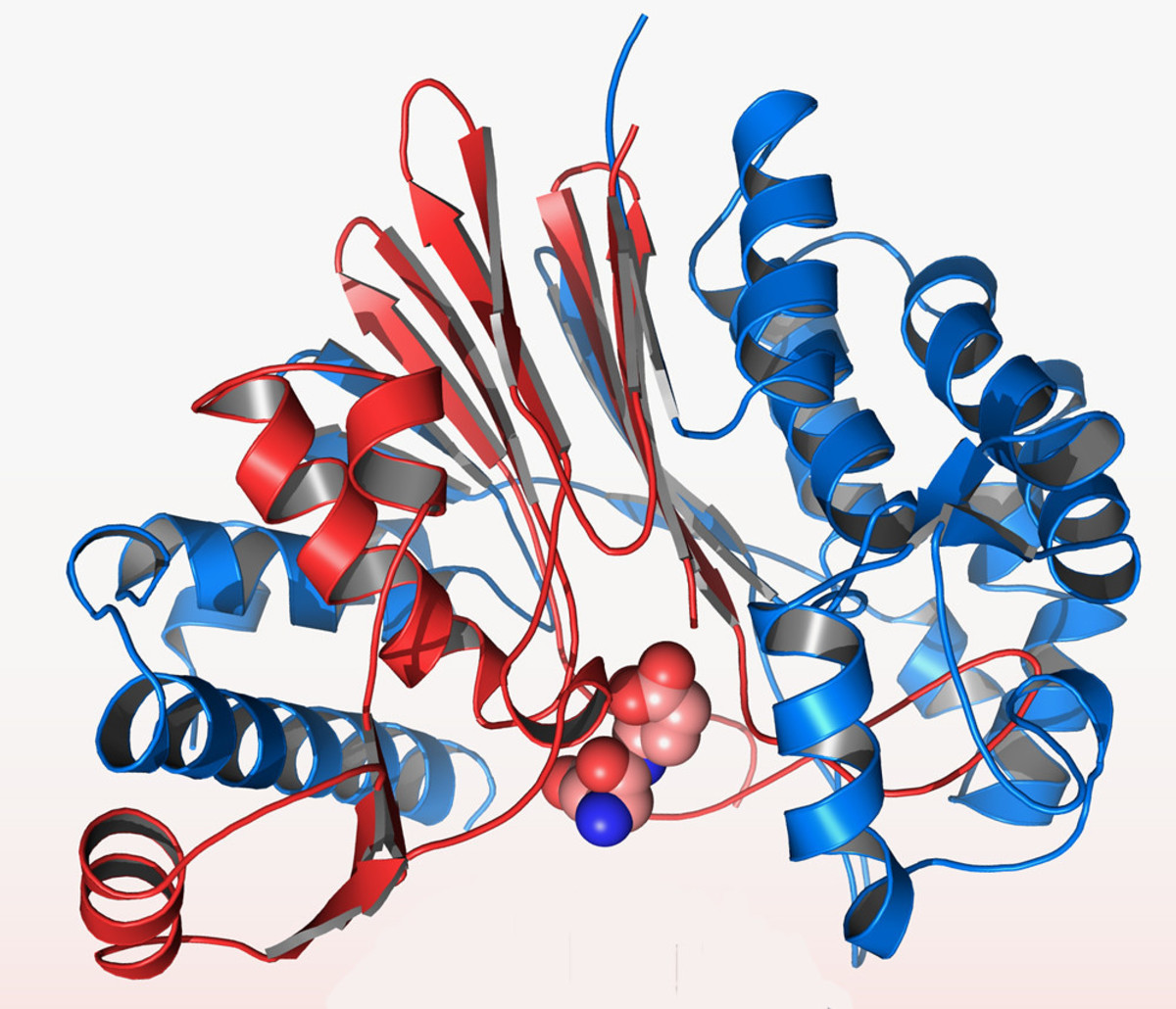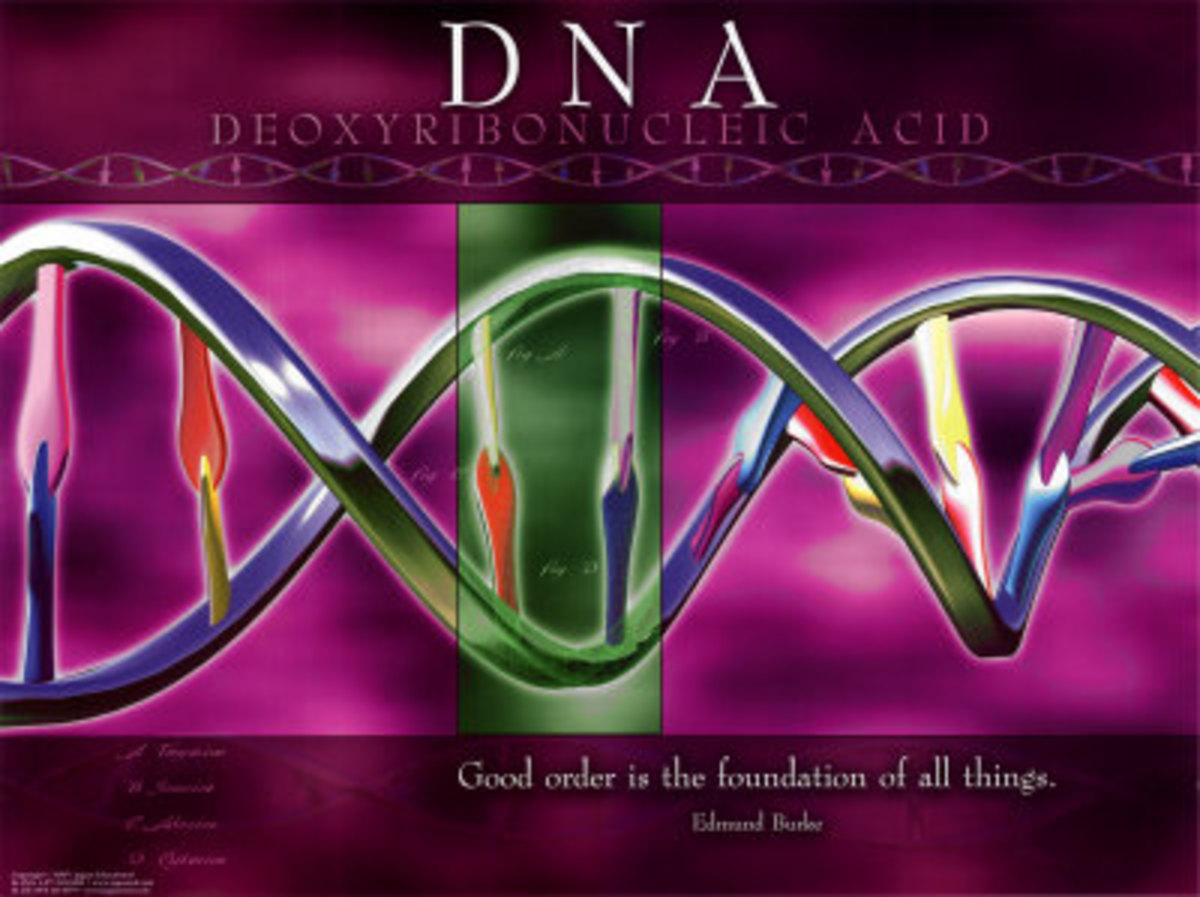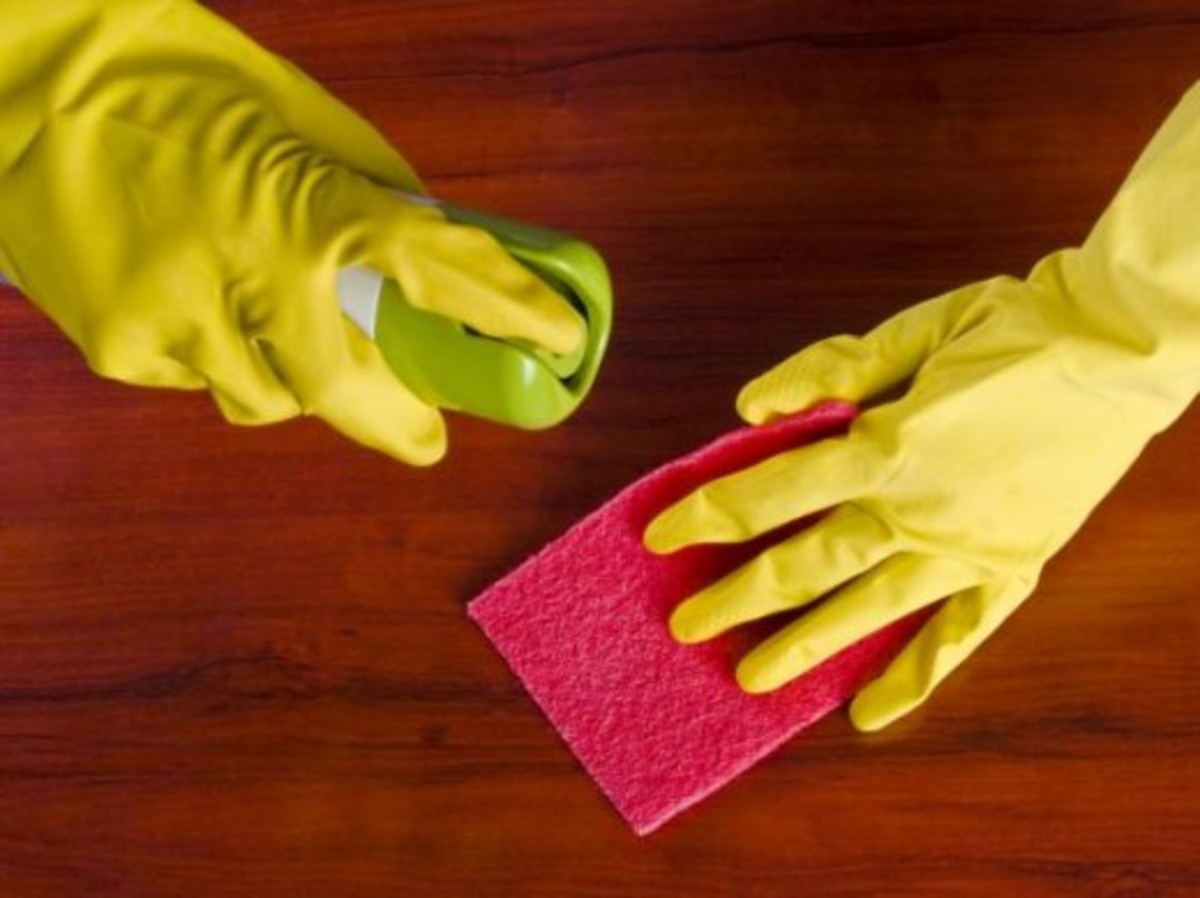Classifying Carcinogens
![Symbol used to indicate a known carcinogen. Source: Torsten Henning [Public domain], via Wikimedia Commons Symbol used to indicate a known carcinogen. Source: Torsten Henning [Public domain], via Wikimedia Commons](https://usercontent2.hubstatic.com/7227507_f520.jpg)
The definition of a carcinogen encompasses a pretty large group of substances acting on the human body in a wide variety of ways. But the major concept classifying carcinogens is they are something that ultimately leads to cancer in humans. The something can be a substance, a chemical or radioisotope, or it could be radiation, an environmental component like smoke, or even a life style such as an occupation. These things can either directly or indirectly cause cancer in the human body. Cancer is initially defined by the ability of previously normal cells to undergo uncontrollable growth. This growth is the product of many manipulations to normal everyday systems of the body- cell cycle control, DNA synthesis and repair, programmed cell death, cell growth and cell differentiation. A carcinogen can negatively impact any number of cellular pathways and processes to achieve an end result of cancer. With such a broad definition of what a carcinogen can be, along with so many options in the body to negatively affect it is no wonder why it seems nowadays everything is a carcinogen.
Related Hub
- Cancer Key Players- Tumor Suppressor Genes and Oncog...
A brief look into tumor suppressor genes and oncogenes and how they, together, allow for a cancer state in the body.
Other terminology thrown around can muddle the definition of a carcinogen. There are mutagens, which are defined as agents that alter genetic material, in our case DNA. This alteration will increase the likelihood that mutation will occur. Although mutagens go around messing with our DNA they don’t always succeed in causing a problem for our cells. Think back to basic molecular biology, where the central dogma is the idea that our bodies use DNA, made up of nucleotides, converted to RNA, made from a slightly different mix of nucleotides, and then the triplet codons of RNA are used to construct amino acids, which make up proteins. Now think all the way back to the nucleotide-amino acid triplet codon redundancy and you will recall each amino acid is coded for by three nucleotides as translation occurs. But it is not a strict code since more than one triplet sequence codes for a specific amino acid. For example the amino acid proline can be made by the (RNA) nucleotide code-CCU, CCC, CCA, or CCG. As an example if a mutagen changes one nucleotide in the DNA sequence but the amino acid in the protein chain doesn’t change, no harm, no foul. Also thinking a little deeper in classroom discussions about translation and transcription you may recall introns and exons, where exons represent the portion of the genomic sequence expressed in a given transcription scenario, while introns are left out after DNA translation into mRNA but before RNA is used to code for amino acids. If a mutation occurs within an intron and it ends up being spliced out of a particular gene product then the mutagen fails since it will not end up in the final product, the protein. Many other examples in the DNA transcription and translation process add weight to why mutagens are many times thwarted in their devious attempts by the complexity of our body’s production of proteins from a DNA blueprint. With this drawn out look at DNA translation it should be clearer to see that while some mutagens are also carcinogens. The two classes remain distinct in that one definitely causes cancer while the other messes with genetic material which may lead to other problems.
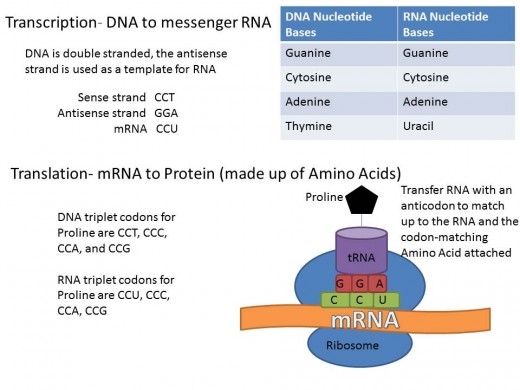
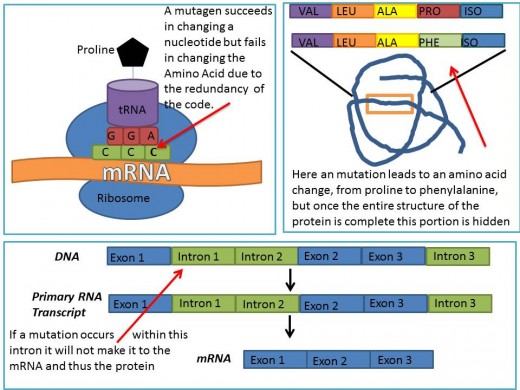
Along with mutagen and carcinogen, the third classification in this group of baddies is the teratogen which interferes with normal fetal development causing birth defects. The term toxin itself can be a little confusing, technically a toxin is made exclusively by living organisms for example the Shiga toxin made by the bacterium Shigella dysenteriae and certain types of E.coli. Taken alone this may not be unclear but when the adjective toxic is applied to many things, including man-made, personally I think it gets a little confusing. In layman terms toxin and toxic are used to refer to man-made things, take the phrase environmental toxin for example which largely deals with man-made chemicals for use in industry. Another fancy terminology trait is when a prefix is added onto the beginning of the word toxicity. We have genotoxicity, immunotoxicity and so on when the hazardous nature of an agent is further classified by identifying the system in the body where the agent causes its trouble. A lot of times these terms are used together to describe a chemical since it can affect the human body in a number of ways. Not all mutagens or teratogens are carcinogens but chemicals have the potential to be in two or three of these categories. Based on the relaxed definition of toxic any of the three will most likely be referred to as toxic as well.
With all the research being conducted on potential carcinogens it is no wonder there is an organization tasked with the job of weeding through all of the copious data, classifying each agent based on the comprehensive look at all research conducted on it, and writing up tomes based on their findings and recommendations. The IARC- International Agency for Research on Cancer- a division of the World Health Organization (WHO) was founded in 1965 to provide the world with consistency in the task of classifying the human cancer risk of questionable agents. The classification is as follows- a Group 1 ranking is a full-fledged carcinogen, while a 2A status probably causes cancer in the human body, 2B possibly causes cancer in the human body, 3 is not classifiable as a carcinogen, and 4 is probably not a carcinogen. As one can imagine there probably aren’t too many agents in the 4th category because the IARC only looks into things that have been in the scientific rumor mill for carcinogenicity. To date there is only one item in group 4 that the IARC dedicated its time to that turned out to most likely not be a carcinogen, Caprolactam, the precursor to a widely used nylon synthetic polymer used in many products including instrument strings, hosiery, and toothbrush bristles. As of 2012 there are 508 things listed as being in group 3, 272 in 2B, 64 as 2A and currently there are 108 agents classified by the IARC as being carcinogens.
IARC's Carcinogen Rating System
Group
| Meaning
| # in Class as of 2012
| Example
|
|---|---|---|---|
1
| Carcinogen
| 108
| Tobacco
|
2A
| Probably a Carcinogen
| 64
| Occupation-Hairdresser/Barber
|
2B
| Possibly a Carcinogen
| 272
| Coffee- urinary bladder only
|
3
| Not classifiable as a Carcinogen
| 508
| Chlorinated Drinking Water
|
4
| Probably not a Carcinogen
| 1
| Caprolactam
|
Caprolactam is a precursor to Nylon 6, a synthetic used in a wide variety of everyday items like automotive equipment, musical instruments, and surgical supplies.
Unfortunately it does seem that carcinogens are all around us. A quick glance at the IARC’s list shows things we all know are bad for us, but often continue using anyway-alcohol, tobacco, and UV tanning booths. Some items I was surprised to see on the list were occupations such as hairdressing and firefighting as well as shift work that involves circadian disruption, messing with our bodies 24 hour biological clock. Also radiofrequency electromagnetic fields, including wireless phones our nation has become so dependent on, are listed as being in preparation by the IARC with a current ranking of 2B, a possible carcinogen. The good to be taken away from all of this is there are agencies in place with people dedicated to determining what out there is causing our bodies harm. Also to me it seems if something is seriously suspected as being a carcinogen it generally turns out to be true. This validates one being cautious with things high atop the suspected list. All of this is dreary, no question about it- but the continued research into first establishing which agents are carcinogenic along with the thorough examination of the mechanism of action into how it causes cancer can only help the war on cancer. Check out the next installment of this carcinogen series, 'Three Notorious Carcinogens' for a detailed look at asbestos, trichloroethylene, and hexavalent chromium.

